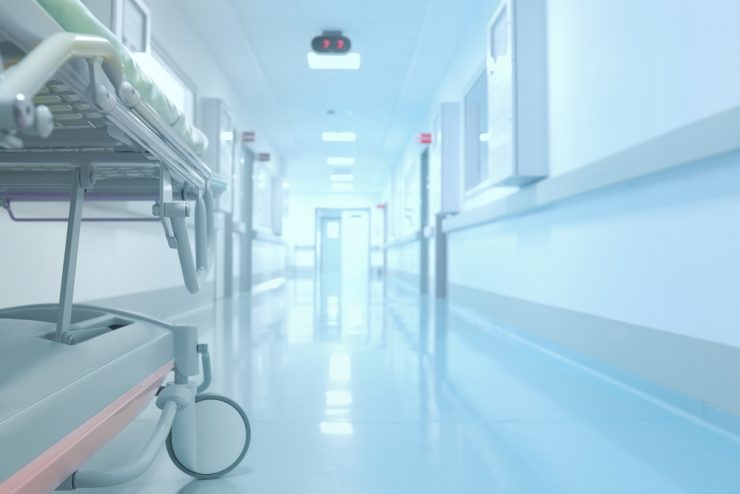Definition:
Cleft lip or a cleft palate is one type of birth defect which is characterized by a slit or a gap in either lip or palate or sometimes both.
This occurs when the baby is developing in the uterus during pregnancy. The lip, palate and tongue are formed by fusion of other tissues which ultimately join in the middle of face to give one lip, palate and tongue.
Due to various causes these tissues might fail to join in the middle of the face resulting in cleft or a gap in the lip, there are two kinds- Unilateral cleft lip or Bilateral cleft lip. If the tissue of the palate fails to fuse then there is an opening at the roof of the mouth.
Occurrence:
It is the most common type of birth defect which can occur along with other spectra of birth abnormalities. It is common occurrence in UK, northern European, Asian babies.
Causes:
Though it is not entirely clear Genetic factor could be the major cause of cleft lip and palate as it is transmitted from parents suffering from cleft lip and palate to their children. Some type of drugs which taken during pregnancy might cause this, the drugs associated as precipitating causes are antiepileptic drugs, sedatives and corticosteroids.
Other causes include smoking and alcohol consumption during pregnancy and also deficiency in vitamin B is thought be one of the causes for cleft lip and palate.
Symptoms:
When the baby with cleft lip is born the foremost symptom would be difficulty in feeding, due to the cleft in the lip sucking will be difficult for the baby. Because of difficulty in feeding the baby will also have problems putting on weight resulting in shunted growth and development.
Infection of the ear is most common in the babies suffering from cleft palate, resulting in collection of fluid beyond the middle ear a condition termed as Glue ear.
Development of speech is delayed in babies with cleft lip and they usually will have a nasal twang in their voice. However they will speak correctly once the cleft is corrected by surgery.
Development of teeth and jaws will be delayed and in some cases distorted teeth may develop because of the cleft lip and palate.
Diagnosis:
Usually with the available high resolution scan using ultrasound waves, cleft lip or palate can be discovered on routine pregnancy scan.
If this was missed then it is pretty obvious when the baby is born. As soon as the diagnosis is made it is advisable to take the baby to a specialist who can correct this deformity.
Treatment:
Treatment is usually by surgery. The cleft deformity is corrected by suturing the two parts by a specialist surgeon.
Sometimes the need of prosthesis might arise if the cleft is very big, this is especially true in case of palate but once the cleft is treated most of the symptoms will vanish.
Prevention:
Prevention is a new concept in modern medicine, avoiding smoking alcohol and drugs during pregnancy can prevent cleft lip or palate.
Cleft Lip and palate.

Let us know if you liked the post. That’s the only way we can improve.











